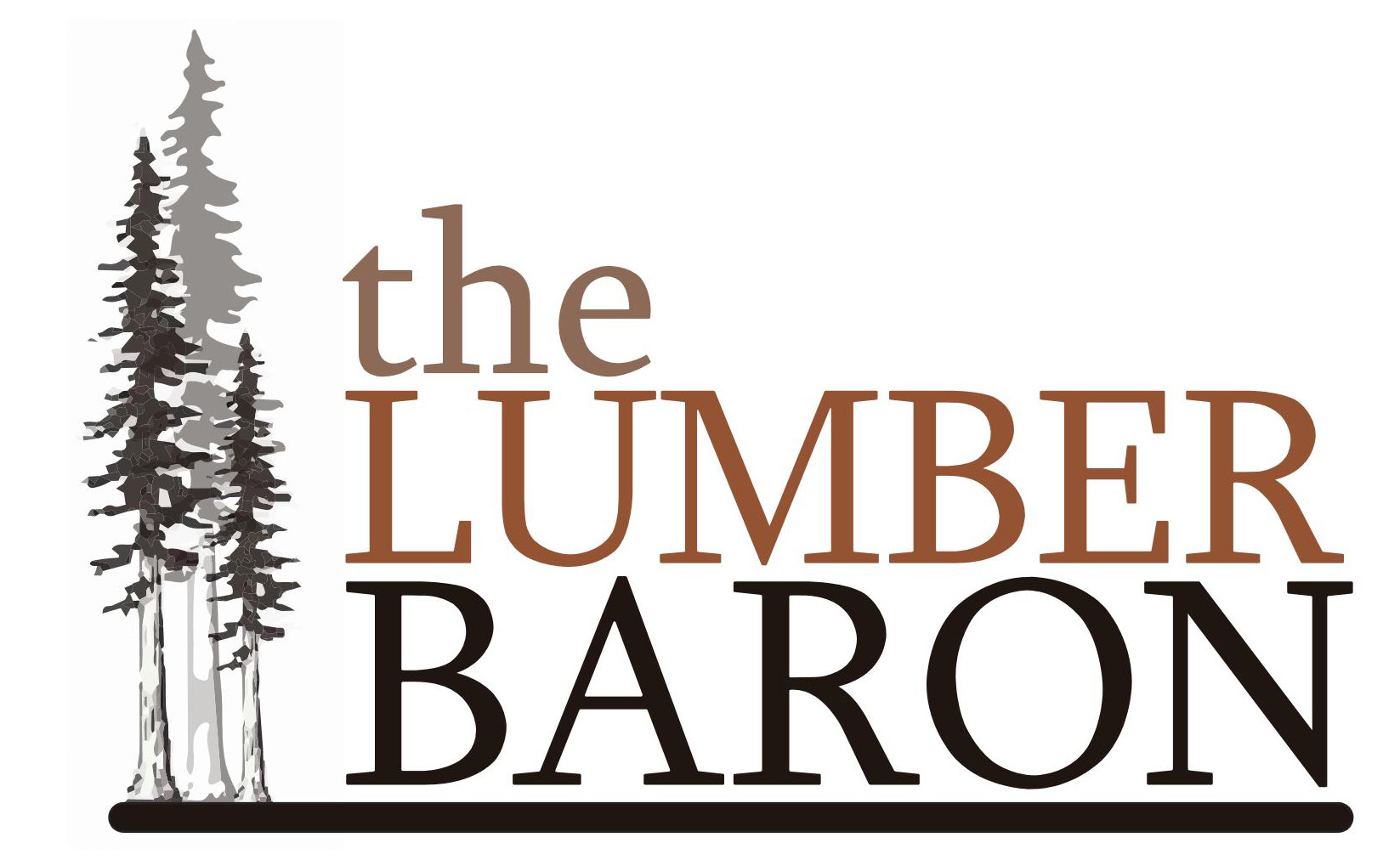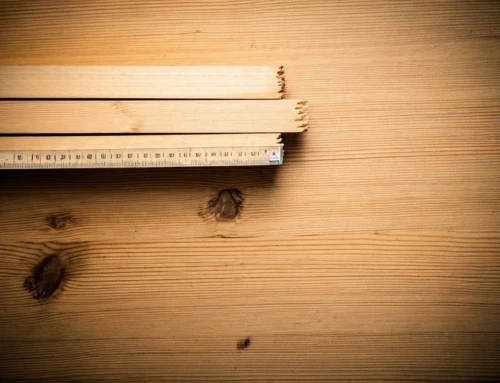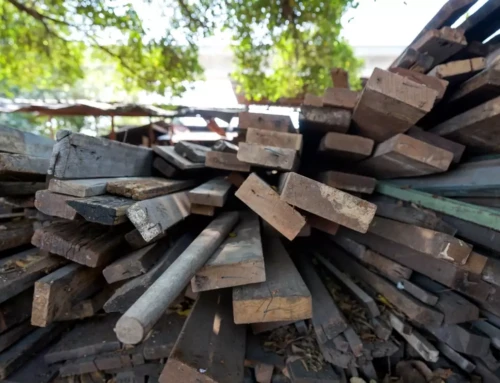Introduction to Redwood Wood for Outdoor Projects
Redwood heartwood stands out as a top pick for outdoor projects for good reasons. It’s naturally resistant to decay, pests, and weathering, making it perfect for the great outdoors. Unlike some other woods, redwood maintains its beauty and integrity longer under sun, rain, and even snow. This means your decks, fences, and garden structures won’t just last; they’ll look good for years. Plus, redwood has a natural charm with its rich, warm color and unique grain patterns. It’s also easy to work with, whether you’re a pro or diving into DIY. Simply put, choosing redwood means betting on durability, aesthetic appeal, and ease of use.
Durability and Weather Resistance of Redwood Wood
Redwood Heartwood stands out in outdoor projects, thanks to its natural durability and weather resistance. This type of redwood wood has a secret weapon against decay, rot, and pests: its own natural tannins. These tannins give redwood the strength to withstand harsh conditions, from pouring rain to blistering sun, without breaking a sweat. It’s like having an in-built shield that keeps it strong year after year. Unlike other woods, redwood wood doesn’t easily warp or crack under pressure, meaning whatever you build with it – be it a deck, fence, or garden furniture – stays looking good and functional for longer. So, when it comes down to choosing a material that’ll tough it out through all seasons, redwood is your go-to warrior.
Aesthetic Appeal: The Natural Beauty of Redwood
Redwood stands out for its rich color that ages beautifully, adding unmatched warmth and appeal to your outdoor spaces. This wood features a natural reddish hue that makes decks, fences, and furniture look premium without needing much dressing up. Over time, redwood develops a graceful silver-gray patina that many find appealing, blending seamlessly with outdoor environments. Its straight grain and minimal knot presence contribute to a clean, refined appearance, elevating the overall look of your projects. Simply put, if you want your outdoor project to instantly grab attention and keep looking great for years, redwood is the go-to choice.
Sustainability: Eco-Friendly Aspects of Choosing Redwood
Redwood stands out not just for its beauty or durability, but it’s also a champion of sustainability. Choosing redwood for outdoor projects isn’t just a nod to aesthetics; it’s a high-five to the environment. Here’s the deal: redwood is naturally resistant to decay, pests, and weather. This means less need for chemical treatments, making it a safer choice for the planet. Plus, redwood forests are managed responsibly, ensuring that for every tree cut down, more are planted in its place. This practice helps sustain forest ecosystems, making redwood a renewable resource. Opting for redwood means you’re cutting down on waste, too. Because of its longevity, redwood structures don’t need to be replaced as often as those made with less durable materials. In short, when you choose redwood, you’re opting for a material that’s not only tough and stunning but also kind on Mother Earth.
Resistance to Pests and Decay
Redwood stands strong against pests and rot. What makes it a champ in outdoor spaces? It’s packed with natural substances that bugs and decay don’t like. This means, pick redwood, and you’re picking a material that fights off termites and fungal decay without breaking a sweat. No need for chemical treatments. It’s a natural guard for your outdoor projects, keeping them looking fresh and sturdy longer. So, when you’re deciding on wood for your next outdoor project, remember redwood not only looks good but also gives pests and decay the cold shoulder, making it a smart, long-lasting choice.
The Versatility of Redwood Wood in Outdoor Design
Redwood stands out for outdoor projects not just for its stunning looks but also for its versatility. This wood can adapt to whatever vision you have. Be it decks, fences, or furniture, redwood can handle it. Its natural beauty comes in shades that match almost any outdoor setting. Plus, it’s easy to work with. Carpenters love redwood woodbecause it cuts smoothly and doesn’t split easily when you’re screwing or nailing it down. Not just that, but its resistance to rot and pests means your outdoor designs aren’t just beautiful but durable too. Whether you’re aiming for a rustic vibe or a modern finish, redwood flexes to your design needs without compromising on quality or longevity.
Cost-Effectiveness: Long-Term Savings with Redwood
Redwood might seem like a pricier choice at first glance when you’re planning your outdoor projects. But, here’s the catch: it’s all about long-term savings. Think of redwood as an investment. Yes, you might pay more upfront compared to some other woods, but redwood pays off. Why? For starters, redwood is naturally resistant to rot, decay, and even termites. This means you’re not going to find yourself replacing boards or treating the wood nearly as often as you would with other materials. Less maintenance equals more savings as the years roll by. Plus, its durability means redwood structures can stand strong for decades. In the long run, when you tally up the cost of replacements, repairs, and maintenance for other woods, redwood’s initial price tag doesn’t look so hefty. So, think beyond the upfront cost. With redwood, you’re not just buying wood; you’re buying peace of mind and years of enjoyment with minimal extra costs.
How to Select the Right Redwood for Your Project
Choosing the right redwood for your outdoor project isn’t just about grabbing any piece off the shelf. It’s about matching the wood’s characteristics to your specific needs. First off, understand that redwood is split into grades, essentially categories based on quality and appearance. Stay away from sapwood grades. Easily distinguishable by its white color, the sapwood in these grades don’t have any of the tannins that give redwood it’s longevity. For projects that don’t get much visibility, like garden steps or side fences, go for Construction or Select Heart. These are less pricey and do the job well. Now, if your project is all about turning heads, like decks, siding, gates or front fences garden, aim for upper, Clear All Heart grades. These are top-tier, boasting minimal defects and a gorgeous natural color, but they will cost you more.
Remember to consider the environment your project will face. Redwood has natural resistance to rot and pests, making it perfect for outdoor use. Yet, if your area is prone to heavy moisture or direct soil contact, pick types treated or specifically suited for these conditions. Always check the wood for any visible flaws like large knots or splits before buying. In short, think about your project’s demands, select the grade that fits both aesthetic and structural needs, and inspect each piece. By doing so, you ensure your outdoor project not only looks great but stands the test of time.
Summary: Why Redwood Wood Stands Out for Outdoor Projects
Redwood wood is a strong choice for outdoor projects. It’s not just durable; it also has a natural beauty that lasts. Here’s why redwood stands out: Firstly, it’s resistant to rot and pests, making it perfect for outdoor conditions. Secondly, redwood maintains its appearance over time, resisting warping and splintering. This means less maintenance for you. Lastly, redwood is environmentally friendly. It grows quickly and is harvested sustainably, making it a responsible choice for the planet. Whether you’re building a deck, fence, or garden furniture, redwood’s durability, low maintenance, and beauty make it an excellent choice.
Frequently Asked Questions
1. Why is redwood a good choice for outdoor use?
Redwood naturally resists moisture, insects, and decay, making it a reliable option for decks, fences, and garden features. Its durability means fewer repairs and replacements over time, even in varying climates.
2. Does redwood hold up well in rain and sun?
Yes. Redwood is stable and weathers evenly, so it won’t warp or crack as easily as other woods. With minimal upkeep, it maintains its beauty and structure in both sunny and rainy environments.
3. Is redwood a good option for decking or fencing?
Absolutely. Redwood is often chosen for decking and fencing because it’s strong, long-lasting, and visually appealing. Whether you’re after a natural look or planning to stain it, it adapts well to most outdoor styles.
4. How does redwood compare to pressure-treated lumber?
While pressure-treated lumber is treated with chemicals for outdoor use, redwood doesn’t require those treatments—it’s naturally resistant. That makes redwood a more eco-conscious and user-friendly option.
5. Is redwood safe to use around kids and pets?
Yes, redwood is a non-toxic material and doesn’t need chemical preservatives. This makes it a safer pick for backyard projects like play structures, fencing, or raised garden beds.
6. Will redwood require a lot of maintenance?
Not really. Redwood can be left untreated to age into a silver-gray patina, or you can apply a clear sealer to preserve its warm tones. Either way, it’s low-maintenance compared to other outdoor wood options.
7. Where can I buy quality redwood for my project?
We offer a wide selection of redwood lumber suitable for decking, siding, fencing, and custom outdoor builds. Each piece is carefully selected to ensure top-tier quality and performance.







